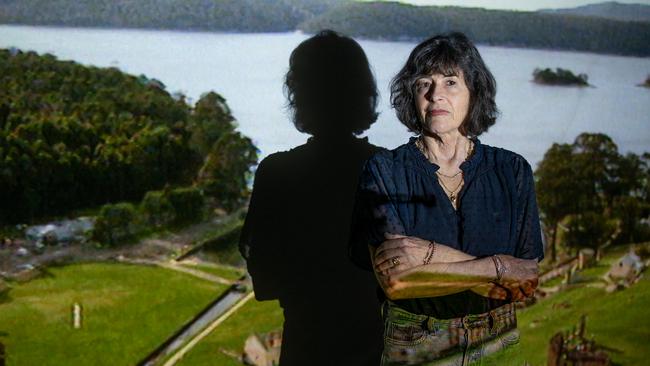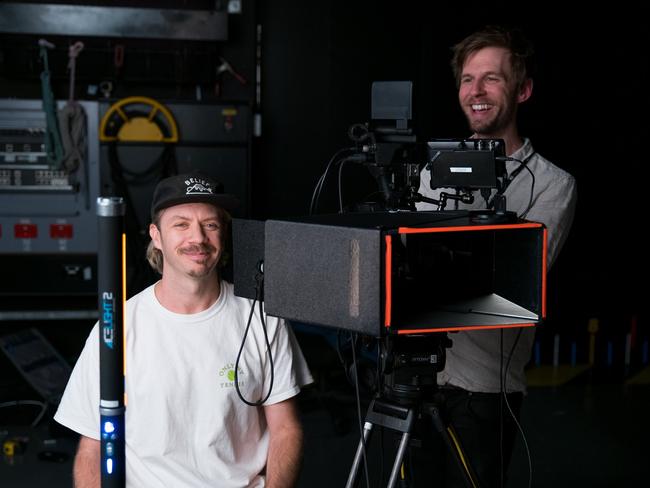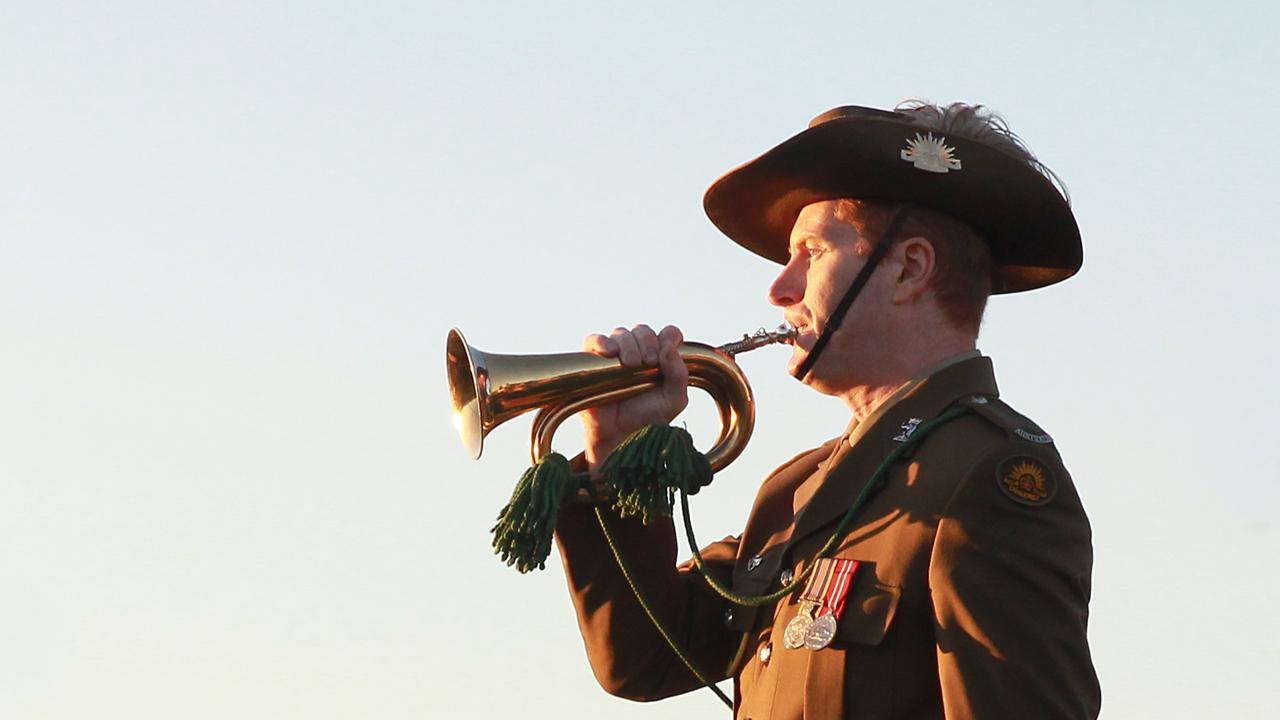Witnesses to Port Arthur massacre tell their story
A new documentary series from producer Kirk Docker takes viewers deep into important – and tragic – moments of history.

You might recall the innovative You Can’t Ask That, the lateral interview show that appeared on the ABC for multiple seasons from 2016. Originally created by Kirk Docker, Jon Casimir and Aaron Smith, and later taken over by Docker who directed most of the episodes, it was a socially conscious exercise in stereotype busting, and as entertaining as it was sometimes confronting.
It attracted a surprisingly large number of regular viewers – around the 600,000 mark, which is more than the viewership of many free-to-air reality shows on commercial TV during these dismal years for broadcast TV.
Its creators decided to ask what would happen if you gave people the opportunity to ask society’s outsiders about issues they would normally shy away from broaching, if only for fear of being offensive or causing embarrassment or even harassment.

And You Can’t Ask That turned out to be one of the most diverse projects to grace Australian TV, featuring among others wheelchair users, recent war veterans, S&M aficionados, the short-statured, Muslims, the polyamorous, ex-prisoners, obese people, and those suffering from extreme facial differences. They answered anonymous online queries, collated by the producers, in front of a seemingly static camera before a simple, carnival-style backcloth.
It was delightfully minimalistic in its visual design and its textural organisation but still developed an imaginative engagement out of all proportion to its starkness as a form of journalistic inquiry. (The backdrop and the set packed down into eight bags that Docker said could be taken anywhere on the smallest plane, or packed into a car, and set up in someone’s house, in a hotel room, or in a town hall.)
The format was picked up in 32 other countries too, a hit with international broadcasters, format producers and digital platforms. It was simply a brilliant example of the way TV can still function as a place for negotiating controversial topics and ideas and modelling civic engagement.
Docker – he’s now sole producer and director working through his new production company – is back with another original format called I Was Actually There.
The idea is simple, as was the case with You Can’t Ask That – the show’s subtitle is “History as told by those that lived it” , and it explores crucial moments in our recent past through the intimate stories of those who viewed them. Or who were part of the experience, filling in the gaps in documented history, sometimes correcting or even contradicting the written record.
And again, the style is spare, built around the notion of direct address, breaking down the fourth wall, with the participants acknowledging our presence as spectators. They are so open, frank and confessional, that we never feel we are intruding; it is as though we are in a privileged position, gaining access to truths not available to others.
The moments he’s chosen are eclectic, but many are poignant moments in defining who we are. They begin with the tragic Port Arthur massacre in April 1996. The 2004 Boxing Day tsunami follows, and then footballer Nicky Winmar’s stand against racism during a match in April 1993. Docker also covers the Beatles’ world record-breaking Adelaide visit in June 1964, the Woomera detention centre breakout in 2002 and the Beaconsfield Mine rescue, in May 2006.
“We didn’t want a season looking entirely at disasters,” Docker says. “We wanted iconic moments mixed with lesser-known ones. From nation-defining tragedies, to impassioned protests, to cultural celebrations, we wanted a range of characters, decades, beliefs and personalities on screen.”
He also required historic moments where there were participants present who represented a wide range of involvement and personal experience, some who still struggle to deal with what they were part of, and others who had moved on successfully.
Docker wants to provide a fuller picture of these key events than that provided by public records or statistical data, or as he says, “by the paid polemicists or university historians”.
It’s observational documentary to the core, using no voiceover narration, no intermediaries or commentary by so-called experts, though he does make use of TV news footage to set scenes. There is nothing to hinder our sense of identification with those who present themselves so courageously.
“It’s almost impossible to put yourself into these moments by reading a Wikipedia entry,” he says in his production notes. “When you hear the intimate details from regular people of what it was like to be inside these events, you realise history is so personal. And so individual. You and I could be standing next to each other in the midst of the same moment and yet the impact on each of us could be worlds apart.”
He found his subjects by looking through news stories from the time, or doing “investigative deep-dives”, like those cold case investigators so beloved by TV’s true crime shows, hunting for witnesses who had remained largely anonymous for decades. They weren’t always easy to track down. “Some still hadn’t come to grips with the impact the moment had had on their life. Others weren’t necessarily convinced their own perspective was worth sharing.”
Like You Can’t Ask That, the new series is delightfully minimalistic in its visual design and its textural organisation but still develops an imaginative engagement out of all proportion to its starkness as a form of journalistic inquiry.
The first episode follows the terrible events that occurred at the historic site of Port Arthur, beginning with a montage of news clips intercut with comments from survivors and first responders.
Then, through Docker’s interviews we are led, moment by moment, through the atrocities committed by Martin Bryant as he fires 250 rounds with a semiautomatic assault rifle, killing 35 men, women, and children with 21 people somehow escaping with their lives.
We start at the Broad Arrow Cafe and move to the Seascape Guesthouse where Bryant stays inside for 18 hours until it catches fire, and he runs out covered in flames.
The accounts of Docker’s witnesses are interposed with grainy video footage and amateur video from bystanders to provide reference points, and their shakiness and bright garish colours add a nightmarish tone to Bryant’s rampage. Bold graphics provide a chronological timeline and there’s a ticking clock to add suspense. Docker also shot footage in each location to help transport viewers there.
His interview subjects take us inside the experience: tourists running for their lives as shots ring out and people go down beside them, the local GP, Pam Fenerty, who is first on the scene, and Alison Smith, the journalist who spoke to the gunman, his laugh still horrifying. There’s Terry McCarthy, a hostage negotiator who contacts a giggling Bryant, the shooter saying the whole thing was like “a Hawaiian holiday”.
Brigid Cook worked as a chef at the Broad Arrow Cafe that day and was shot by Bryant. “It felt like someone had driven a star picket into my leg. It was really immediate and really wrong,” she says. “I remembered to take my shoes off – because you always see those stupid films where women are running in shoes and it never makes sense to me.”
Somehow, she managed to escape and warn others of what was happening, saving countless lives in the process. “I was so full of adrenalin I could still run,” she says.
As in You Can’t Ask That, Docker uses a simple custom-made canvas backdrop painted for the production by Sarah Oliphant (famous for painting Annie Leibovitz’s iconic backdrops), which enhances the subject without overpowering them, and creating a seamless blend between the foreground and background.
He shot in studios, hotel rooms, and occasionally people’s homes, wherever his participants were around the country, with only himself and his cinematographer, Aaron Smith, present.
Docker has again created a kind of hybrid form, a marriage of the art of storytelling and the art of journalism, an entertaining attempt to make drama out of the observable world of real people, real places and real events.
I Was Actually There, ABC, Thursday, 8pm.
All episodes streaming on iView.




To join the conversation, please log in. Don't have an account? Register
Join the conversation, you are commenting as Logout